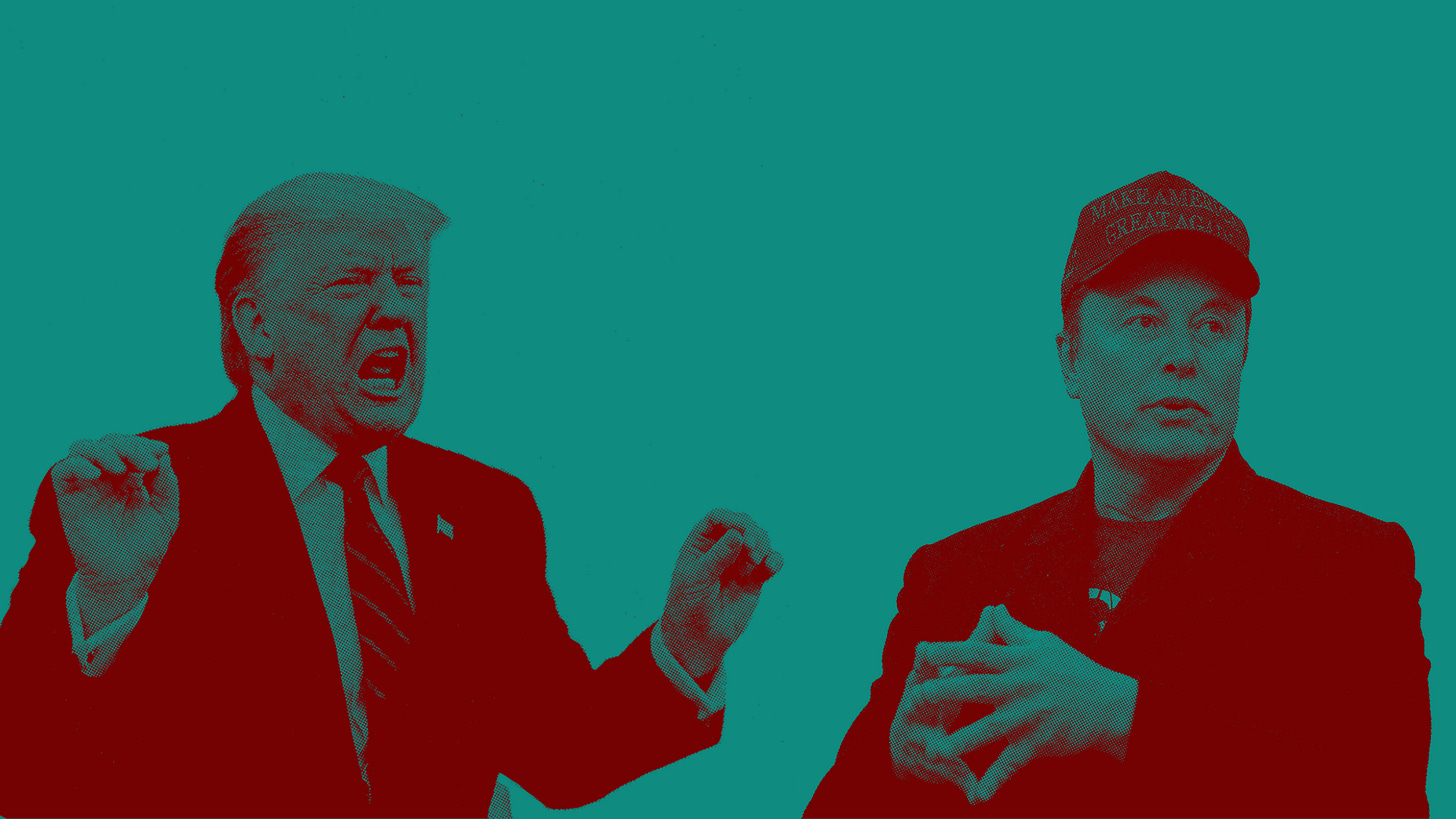
For the past decade, diversity, equity, and inclusion (DEI) initiatives have been at the center of corporate and institutional commitments to fostering fairer workplaces. However, over the last two years, DEI has been systematically dismantled—banned in some states, rebranded in others, and deprioritized in boardrooms.
What happened? How did a movement that seemed unstoppable in 2020 collapse so quickly? The answer lies not in any failure of DEI itself, but in a broader political and cultural shift designed to reinforce existing power structures.
They Called It Merit; It Was Always Control
“In 2024, three states—Alabama, Iowa and Utah—banned diversity, equity and inclusion offices at public universities, continuing a trend that kicked off the year prior in Florida and Texas. Three more states, Idaho, Indiana and Kansas, followed suit by prohibiting colleges from requiring diversity statements in hiring and admissions.”
Last November, “in response to pushback, merit, excellence and intelligence (MEI) metrics have been making the rounds as a touted replacement for DEI. Not so ironically, what we’ve seen so far in 2025 is that most of the political hires were not merit-based, but cronyism—the practice of hiring or promoting people based on personal relationships or loyalty, rather than on merit or qualifications.
How did DEI “Fall” So Fast?
According to an article in PR Daily from last May:
“Kohl’s and Salesforce have removed references to DE&I from their annual reports. Starbucks is quietly untying executive bonuses from hitting diversity goals. And still others, Duolingo and JetBlue are citing DE&I as an outright risk factor.”
DEI was never just about corporate training sessions—it was about systemic shifts in hiring, leadership, and power. When companies were pressured to take DEI seriously post-2020, it led to changes that some felt threatened the status quo. Now, in the backlash era, those in power are making sure it never happens again.
Those who stood to benefit from DEI—Black, Indigenous and People of Color, LGBTQIA+, disabled people, military veterans, and others—have seen firsthand how quickly these initiatives can be undone. For U.S. conservatives, DEI has long been coded as “Don’t Ever Integrate,” a phrase coined by scholar Donald Earl Collins. The message was clear: DEI wasn’t a neutral policy—it was a battleground.
Scare Tactics vs Reality
Where do we stand now? We’re less than four months into 2025, and the consequences of these anti-DEI measures are playing out in every area of our lives, from healthcare and research to education, travel, and toilets.
Corporations and universities are not just removing diversity statements from their hiring processes; they are actively discouraging any initiatives that acknowledge systemic inequities. In some workplaces, even informal employee resource groups (ERGs) are being quietly defunded or shut down under vague justifications about “focusing on merit.”
A friend of mine who works for the U.S. government shared that a fear-mongering email was sent to all employees, warning of the severe consequences for anyone who attempted to “circumvent” or “fly under the radar” of the new ban on anything resembling DEI. The email used phrases like “zero tolerance” and “compliance audits” to reinforce that even implicit advocacy for diversity efforts would be penalized.
But let’s be clear: DEI has never been about forced hiring quotas or mandatory trainings—it’s about addressing inherent bias and dismantling systemic barriers. The problem is that for many, even acknowledging that those barriers exist is seen as an attack.
We live in a nation where mediocre, cisgender, heterosexual, white men feel emboldened to claim that their "merit" is under attack, while conveniently ignoring the decades of unearned advantages they’ve received through nepotism, legacy admissions, and networking circles that exclude outsiders. And while DEI has been a thorn in the side of many white men and women for years, the truth is that white women have benefited from its policies more than any other group.
The Hidden Beneficiaries of DEI
Despite the narrative that DEI only benefits racial minorities, research has shown that white women have historically been the biggest winners from affirmative action policies and diversity initiatives.
A 2019 report from the Harvard Business Review found that in corporate leadership programs designed to increase diversity, white women were often promoted at higher rates than Black and Brown candidates. Similarly, data from the U.S. Department of Labor shows that affirmative action policies in education and the workplace have helped white women enter higher-paying roles at a disproportionate rate compared to other marginalized groups.
But now, with the rollback of DEI, even white women’s gains may be at risk. In fields like law and medicine, where women had been slowly closing the gender gap, some institutions are beginning to drop recruitment programs that targeted female candidates. In other words: dismantling DEI doesn’t just harm people of color—it reinforces male dominance as well.
It Was Never About DEI
The backlash against DEI was never about a genuine concern for “fairness” or “merit.” If it were, the same people fighting against DEI would also be fighting against legacy admissions, unpaid internships, and the rampant cronyism that keeps unqualified but well-connected individuals in power.
Instead, this movement was about maintaining the status quo. It was about ensuring that discussions of race, gender, and power remain off-limits in workplaces, schools, and public institutions. It was about silencing conversations that make people uncomfortable, particularly those who benefit most from the existing power structures mentioned earlier.
The irony, of course, is that while conservatives have framed DEI as a form of unfair advantage, they have no issue with the blatant favoritism that operates in their own ranks. Just look at the recent political hires made in the wake of these anti-DEI laws—many of them are not particularly “merit-based” but rather chosen through personal connections and ideological loyalty.
Justice Outlasts Power
So where does that leave us? The death of DEI, at least in its most public-facing form, is a reality. But that doesn’t mean the fight for equity is over. In fact, history shows us that whenever power swings too far in one direction, resistance inevitably follows.
The most recent example is what happened this past weekend on Saturday, April 5th. Mass mobilization nationwide—and in many other countries, by the way—resulted in thousands of protests for the Hands Off! movement. This national (or global) day of action sent a message to Trump and Musk to keep their hands off our democracy, Medicaid, Medicare, Social Security, LGBTQ+ rights, Immigrants, our bodies, personal data, consumer protections, public lands, veterans’ services, libraries, free speech and more.
If companies and institutions think they can quietly abandon their commitments to diversity, equity and inclusion without consequence, they are in for a surprise. The backlash to the backlash isn’t coming, it’s here.
When we’re on the other side (and we will be on the other side), it won’t be branded as DEI—it will be something bigger, something harder to erase, something that doesn’t depend on corporate sponsorships or university statements.
Because at its core, this was never just about DEI; this was about justice. And, justice, my friends, is not a policy—it’s a reckoning.











